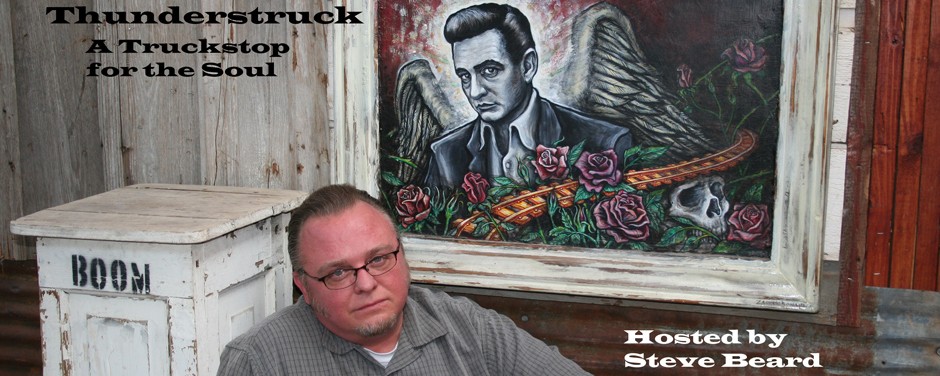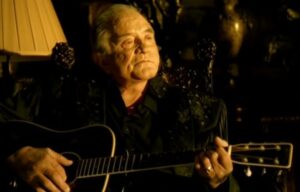May/June 2003, Good News
One of the surprising hits on Johnny Cash’s latest album When The Man Comes Around is his rendition of “Hurt” written by the dark and brooding Trent Reznor of the hard rock band Nine Inch Nails. “I hurt myself today/ To see if I still feel/ I focus on the pain/ The only thing that’s real,” Cash sings. “The needle tears a hole/ The old familiar sting/ Try to kill it all away/ But I remember everything” – a poignant reminder of his dark years in the 1960s.
“I think ‘Hurt’ is the best anti-drug song I ever heard,” said Cash, an outspoken Christian and country music icon. “It’s a song about a man’s pain and what we’re capable of doing to ourselves and the possibility that we don’t have to do that anymore. I could relate to that from the very beginning.” He says, “I would have written something like that in the ‘60s, if l had been that good.”
When the video for the song was released it became a fascinating crossover hit, being played on MTV, VH-1, and CMT. Director Mark Romanek spliced together one of the most vivid and moving visual portraits of Cash’s illustrative career. Footage was gleaned from his early years, prison concerts, walking through the Holy Land, and hopping a box car. Cash is shown sitting behind a piano as well as strumming his guitar in his all-so-familiar black apparel. Interspersed throughout the video is the backdrop of the famous House of Cash museum in Tennessee sitting in disrepair, having never fully recuperated from flood damage. The museum serves as a metaphor for Cash’s physical condition which is weak and in pain. Johnny is seated behind a grand table spread with a generous feast of meat and fish. With trembling hand, he pours a glass of red wine over the food as he sings, “You could have it all/ My empire of dirt/ I will let you down/ I will make you hurt.”
The face of Jesus appears; first, in a portrait and later in footage taken from Gospel Road, the movie on the life of Christ that Cash produced with his own finances in the 1970s. The graphic crucifixion scene is interspliced with concert footage and cheering prison crowds in order to poignantly emphasize that all of humanity carries the responsibility of Christ’s crucifixion.
Never before in the history of music videos has there been such a rattling reminder of youth, aging, and the sometimes agonizing trek through the twilight years. “Mortality is a very unusual topic for this medium,” says Romanek. “But I ascribe most of the power to the Johnny Cashness of it all.’’ Trent Reznor was in the studio with Zach de Ia Rocha, the former lead singer of Rage Against the Machine, when he received the video. “By the end I was really on the verge of tears,” said Reznor. “At the end of it, there was just dead silence. There was, like, this moist clearing of our throats and then, ‘Uh, OK, let’s get some coffee.’”
Cash’s producer Rick Rubin cried when he saw it for the first time. “I spoke to (U2 singer) Bono and he compared what Johnny is doing now to what Elvis Presley did in the 1950s,” said Rubin. “Then, Elvis represented a new youth culture and it shocked and terrified everyone because culture wasn’t about youth before him. Now we live in a youth culture and Johnny Cash is showing the experience of a much older generation. It’s just as radical.”
Life, death, drugs, Jesus, pain, joy, disappointment, and success were all wrapped together in that video – the essential elements of Johnny Cash’s career and life’s work. “Life isn’t just for living, it’s for singing about,” he wrote in the liner notes for his 1977 album The Rambler. “Loneliness is real, the pain of loss is real, the fulfillment of love is real, the thrill of adventure is real, and to put it in the song lyrics and sing about it- after all, isn’t that what a country singer/ writer is supposed to do, write and sing of reality?”

